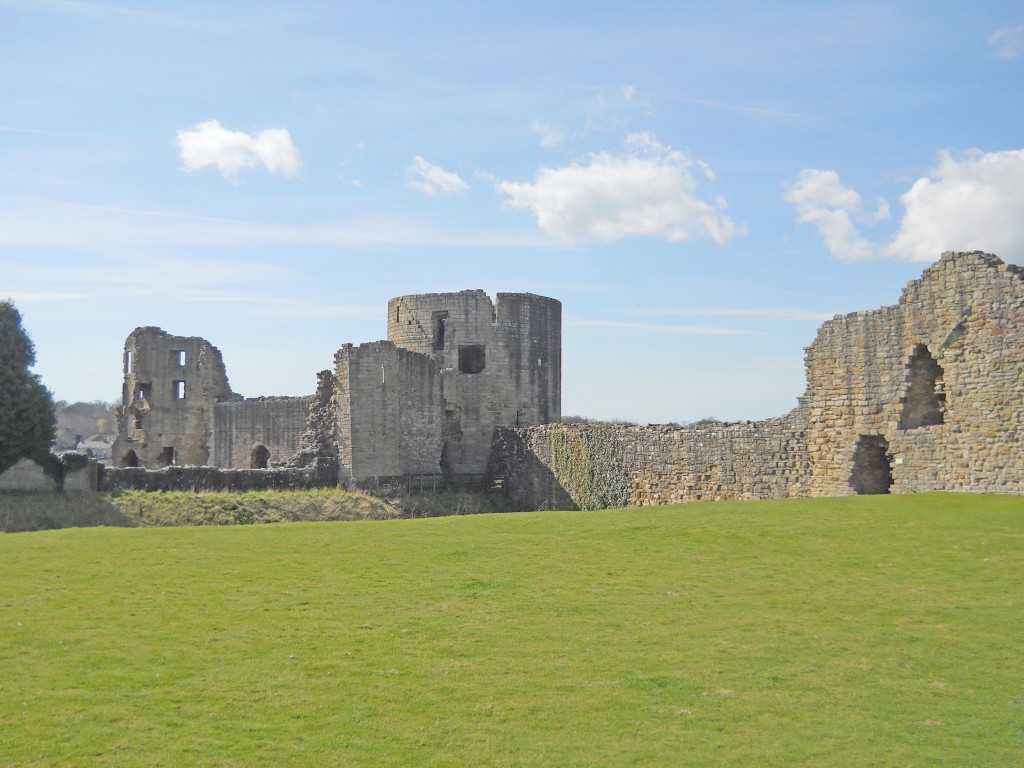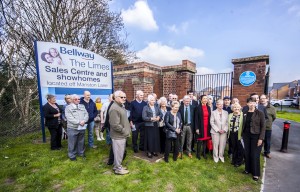Richmond Castle in North Yorkshire was built immediately after the Norman Conquest, probably by William the Conqueror or his kinsman Count Alan Rufus who commanded troops at the Battle of Hastings and was given Richmond along with vast estates dotted around England.
The purpose of the castle was likely to have been to subdue local Saxons who were not happy living under Norman rule – most had lost land and titles to the invaders and as a result rebelled. As we see repeatedly in English history, the north were particularly good at rebelling against the ruling powers! This particular time is now known as the ‘Harrying of the North’, where William’s generals marched into northern England with troops, destroying crops and putting whole Saxon villages to the sword in order to regain control and cement William’s hold on the country.
Parts of the castle still survive from the 11th century – mainly the curtain wall which has been repaired, improved and rebuilt all the way through the middle ages. The castle did not change much from the medieval period until 1854 when the Duke of Richmond leased out the castle and it became the headquarters of Yorkshire Militia. In 1916, conscientious objectors were held here and their graffiti still survives on the cell walls they were held in, as does the imposing castle keep which you can climb to get an amazing view of the town and picturesque scenery.
If you are in the mood to visit another castle nearby, Barnard is just across the border into County Durham. This castle is steeped in history and has been in the hands of the Baliol family, Beauchamps, Nevilles and Richard III. The castle is strategically placed next to the River Tees and still contains a lot of its original structures including multiple towers, inner, middle and outer wards, great hall, and great chamber. You can still see traces of a stone carving above the great chamber window of a boar which was probably added by Richard Duke of Gloucester (Richard III) because as you may know, a white boar was Richard’s emblem. In 1569 the castle was under siege by around 5000 rebels as part of the rising of the north which was a plan to depose Queen Elizabeth I and replace her with Mary Queen of Scots. Within a week they had breached the outer ward and town ward. The defenders retreated into the inner ward to find their water supply had been cut off and a few days later the castle garrison surrendered. Not long after this the castle went into ruin and was later dismantled, but enough of it is left to imagine how good it must have looked in its heyday.








